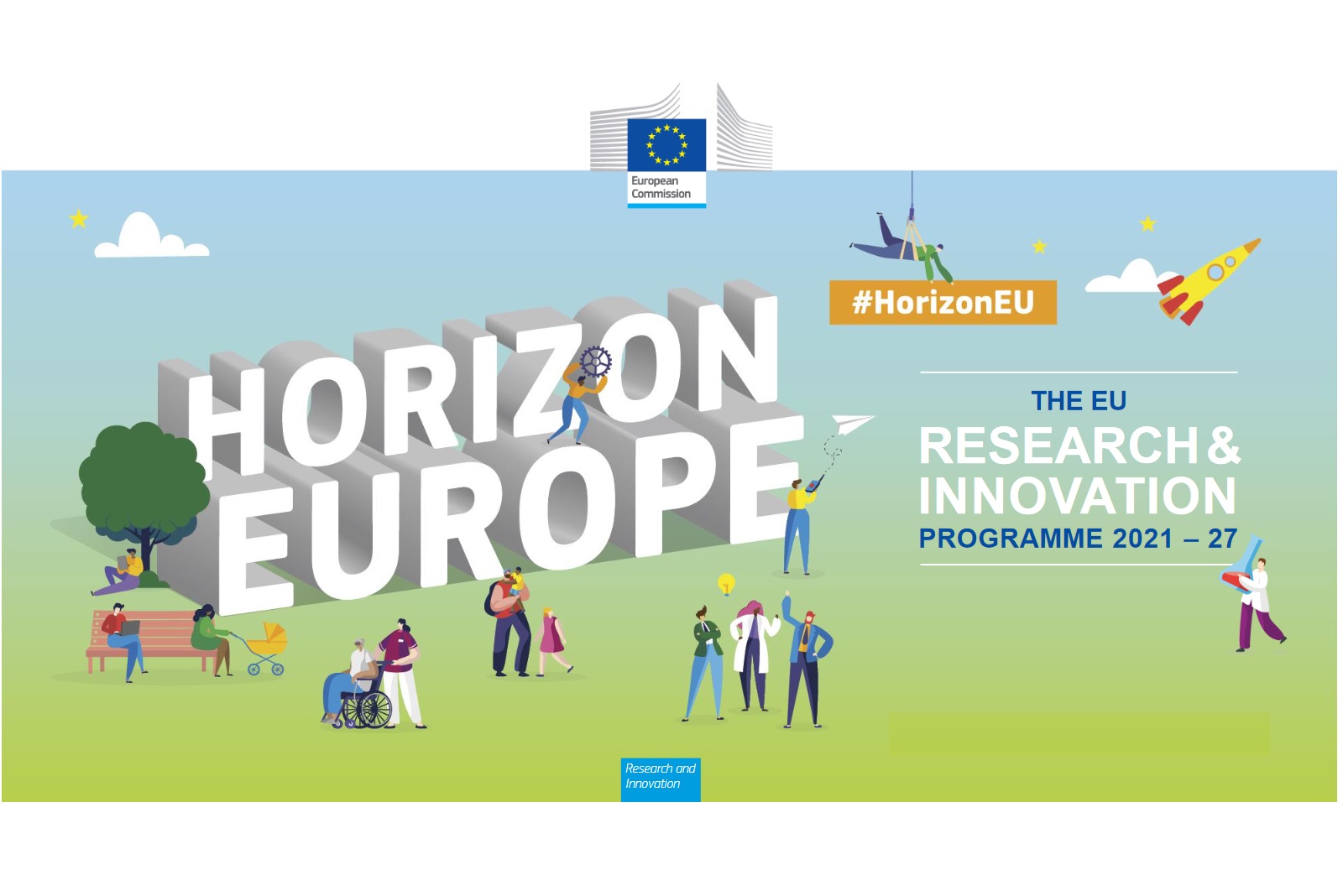
ExpectedOutcome:
The rail sector faces a major opportunity in Europe being a key player in the transport sector to be already sustainable and be able to fight against climate change, reduce CO2 emissions while ensuring a mass movement of goods and people. The European Green Deal[1] objective is to reach climate neutrality by 2050 and the Sustainable and Smart Mobility Strategy[2] articulates the pathways towards digitalising and greening the transport sector and sets specific milestones for the railway sector, including doubling of rail freight traffic by 2050, considering all national action fostering it.
In this context, the rail sector faces also a major challenge on how to increase freight traffic in such timeframe, delivering a competitive transport service but also reaching out and attracting new potential customers. The level of awareness on the need for delivering a better CO2 footprint in the transport supply chain has increased but customers (but also shippers or freight forwarders) may not always be aware of the rail route possibilities and combination with roads. This is expected to change with the developments performed in the first Destination 5 Flagship Project, which will provide expert solutions for the easy overview and access to rail and multimodal services that are important to make more accessible and available to the market what is the current freight rail service portfolio.
To support the easy usage of rail freight and multimodal services and a seamless switch towards rail, harmonised or even standardised models transport agreements and contracts are needed. In addition to the the commercial and legal conditions that would allow a possible easy shift from one mode to another, it is also important to have easily available some basic static information about network access points and about the general rail available services to effectively support the information/dissemination of todays EU rail freight network with its available nodes and commercial routes. This will also help to identify the supply chain flows most suitable for rail transport, in particular where the volumes or congestions can increase the business case.
The Project stemming from this topic should address this challenge in a static mapping (with updates possibilities) including analytical models based on today’s EU freight transport market, that will help to visually identify by the freight customers the most suitable supply chain flows for rail transport, from both a CO2 and business perspective. The development and availability of a freely accessible web-based public Rail Freight EU mapping would allow supply chain managers to have a first quick and informative knowledge regarding how to build rail freight based supply chains. Tools for a dynamic specific information about rail and multimodal services including additional information and booking functions are expected to be developed in the linked project from the topic HORIZON-ER-JU-FA5-01 and are therefore not requested specifically in this topic.
The projects stemming from this topic should also look for organisational solutions and legal/commercial conditions to enable an easy and quick shift from one transport mode to another, without penalties or other additional costs, having in mind the future target of a physical internet of logistics.
This mapping, together with the identification of the most suitable freight flows for rail use and an analysis on the commercial and legal conditions to enable a shift of freight flows, would support the identification of high potential routes before triggering potential commercial engagements and the use of more sophisticated tools for multimodal freight services (e.g. the ones developed from the linked project stemming from the topic HORIZON-ER-JU-FA5-01).
Digitalization and automation innovations, as foreseen in the EU-Rail Multi-Annual Action Plan, should be also taken into account and made explicit, as possible upcoming enablers to release new added value services in the rail freight market making the modal shift more attractive and cost effective to end users.

